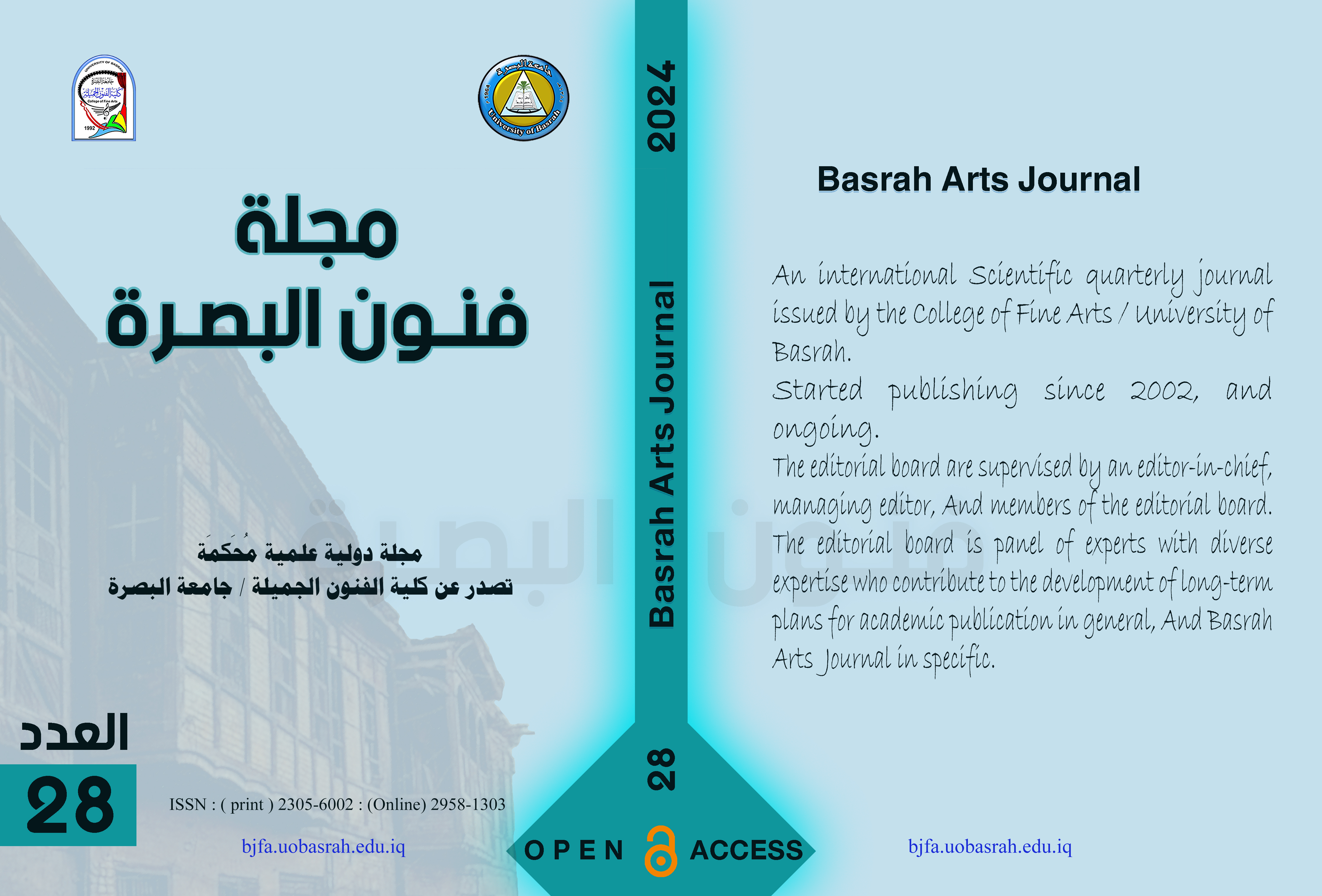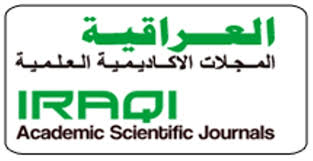The relationship between the world of interior design and the world of linguistic discourse
DOI:
https://doi.org/10.59767/2024.02/28.7Keywords:
Interior, Design, Arabic, CalligraphyAbstract
This paper explores the integration of Arabic language with interior design, focusing on the case study of the Museum of the Future in Dubai. By analyzing the successful blending of these two distinct domains, the study aims to uncover the potential synergies and implications for cultural representation and immersive experiences in architectural spaces. The research adopts a qualitative approach, combining observations, and a thorough literature review. The findings reveal a seamless integration of Arabic language and interior design within the museum, with strategic placement of signage, calligraphy, and quotations. The paper discusses the cultural significance and symbolism associated with the incorporation of Arabic language, highlighting its role in fostering a sense of connection and belonging. Furthermore, it explores the enhanced user experiences resulting from this integration. The study contributes to a deeper understanding of the fusion of language and interior design, providing valuable insights for practitioners and opening avenues for future research in this emerging field.
References
Abu Hilal al-Hasan al-Askari (1952). The Two Industries, Tah Ali Muhammad al-Bajawi and Muhammad Abu al-Fadl Ibrahim, Dar Ihya al-Kitab al-Arabi Cairo, , pp. 134-136
Aldaghlawy, H. (2024). Visual rhythm in the Iraqi theatrical performance. Journal of Arts and Cultural Studies, 3(1), 1-9. doi:https://doi.org/10.23112/acs24021201
Al-Jahiz: Al-Bayan and Al-Tabyeen. 1968. Investigated by Abd al-Salam Haroun Al-Khanji Library - Cairo - 3rd Edition . p. 98.
Al-Kabeer, A. 2022. The integrative theory of Taha Abdel Rahman. Hira Gate Magazine - Research, studies.
Andraos, A., Akawi, N. & Blanchfield, C., 2016. The Arab City: Architecture Representation. In: s.l.: Columbia books on architecture and the city, pp. 202-206.
Archdaily, 2022. Overcoming Design Challenges with Technology: Museum of the Future in Dubai. [Online] Available at: https://www.archdaily.com/983458/overcoming-design-challenges-with-technology-museum-of-the-future-in-dubai [Accessed 09 August 2023].
Eldemery, I. (2009). Globalization challenges in architecture. Journal of Architectural and Planning Research, pp. 345-354.
Fares, M. (2019). Pearling Library - Zad Al-Da'a - Article in an Economic Newspaper. p. 15
HESAR, N. G., Kalantari, N. N. G. & Ahmadi, M. (2015). Study of Sacred Geometry in Islamic Architecture.. Cumhuriyet Üniversitesi Fen Edebiyat Fakültesi Fen Bilimleri Dergisi,, 36(3), pp. 3800-3812.
Halabi, A. (2022). What is innovative thinking and its importance. Al Mursal Magazine.
Jenzy, H. T. (2020). Body Transformations in Drawings the Artist Muhammed Mehraddin. Academy(95), pp. 143-160. doi:https://doi.org/10.35560/jcofarts95/143-160
Killa Design (2022). Museum of the Future. [Online] Available at: www.killadesign.com [Accessed 09 August 2023].
Museum of the Future (2022). The Building. [Online] Available at: http://museumofthefuture.ae [Accessed 09 August 2023].
Rabah R. (2020). Knowledge Integration between Sciences: A Civilizational and Renaissance Necessity
Social Fabric Newspaper. (2020). Studies in the humanities and social sciences. Issue 02. Social Fabric Document. Volume 6.
Downloads
Published
How to Cite
License
Copyright (c) 2024 Amani Ali Alaali, Rafeeqa Abdullah Bin Rajab (Author)

This work is licensed under a Creative Commons Attribution 4.0 International License.







